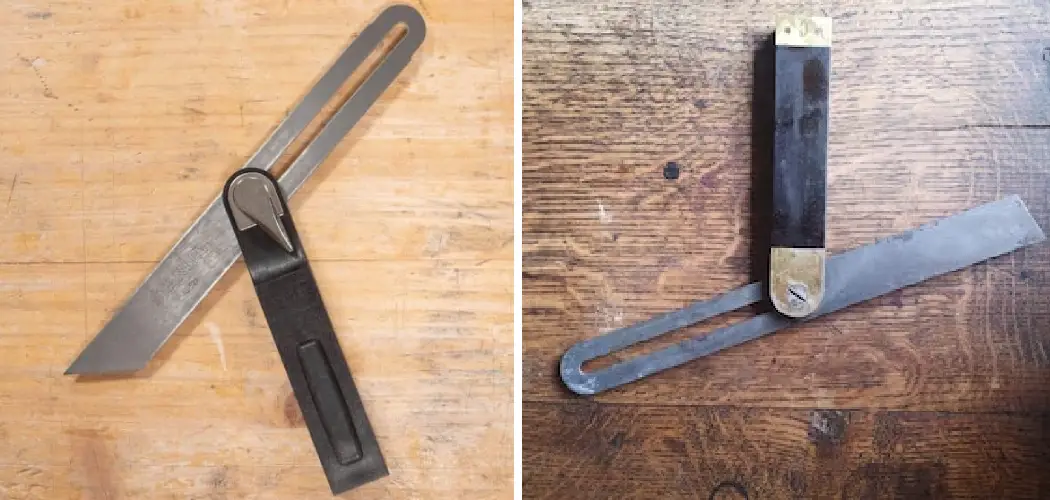T bevels are simple but powerful tools widely used in woodworking, metalworking, and other trades. They consist of two arms that can be adjusted to any angle relative to each other. The angle is then locked in place with a wing nut.
The main advantage of using a t bevel is its ability to measure and transfer angles accurately. With the help of a protractor, you can measure an angle in degrees, but it can be difficult to transfer that exact angle to your workpiece.
T bevels eliminate this problem by allowing you to copy any angle with precision directly. In this blog post, You will learn how to use t bevel in detail.
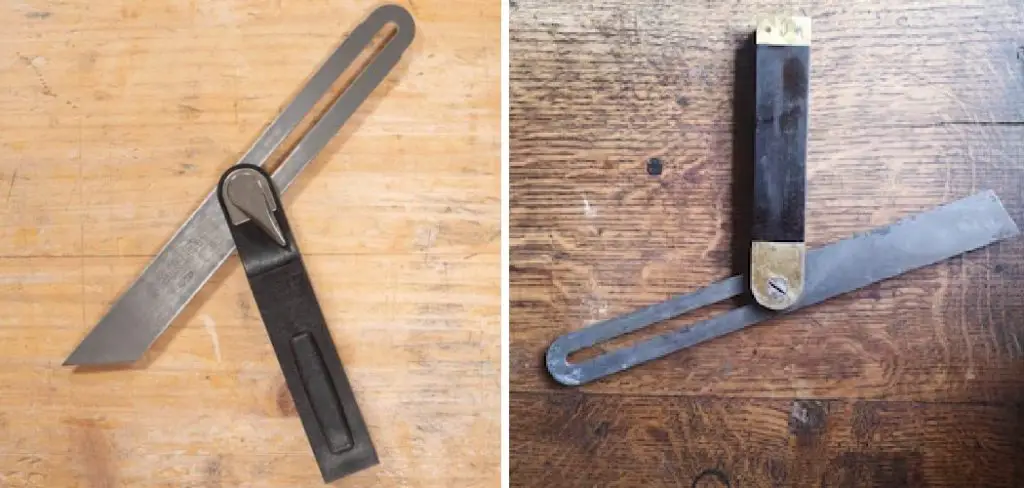
Step-by-step Instructions for How to Use T Bevel
Step 1: Inspect Your T Bevel
The first step to using a T bevel is to inspect the tool. Make sure it is in good condition and not damaged in any way. Check that the blade and handle are securely attached and there are no signs of rust or wear.
Step 2: Familiarize Yourself with the Parts
Before you start using your T angle, it’s essential to know the different parts of the tool. The blade, handle, locking mechanism and angle scale are the main components. Take a moment to familiarize yourself with each part to understand how they work together.
To use your T bevel accurately, you need to measure the angle of an object or surface. Hold the handle with one hand and use your other hand to loosen the locking mechanism. Place the blade on the object or surface, aligning it with the angle you want to measure.
Step 3: Lock in the Angle
Once you have positioned the T bevel at the desired angle, tighten the locking mechanism to secure it. This step is crucial as it ensures that your angle remains accurate throughout the next steps.
The primary function of a T bevel is to transfer angles from one object to another. To do this, keep the tool locked in place and remove it from the original surface. Then, place it on the second surface or object, and you will see that the blade now shows the same angle.
Step 4: Use as a Protractor
In addition to transferring angles, a T bevel can also function as a protractor. Simply loosen the locking mechanism and adjust the blade to the desired angle for measuring or drawing circles and curved lines on paper.
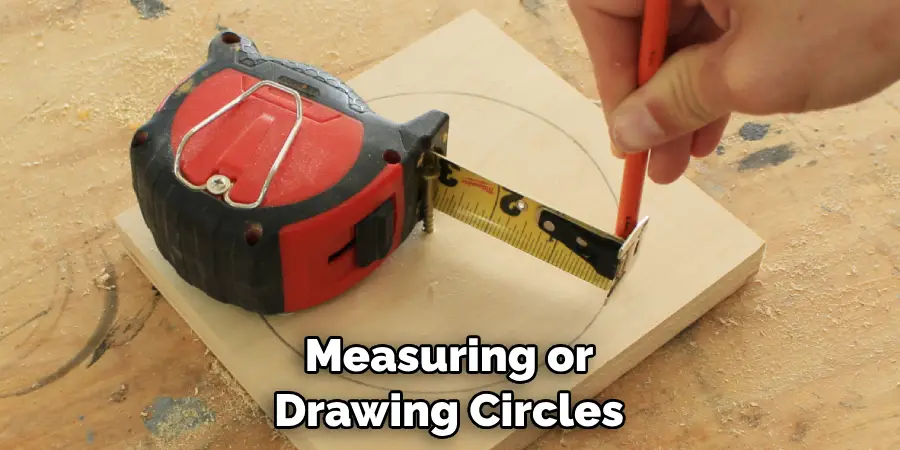
For carpenters or woodworkers, using a T bevel can help align saw blades to the correct angle. Simply measure the angle of the desired cut using your T slope, and then adjust the saw blade accordingly.
Step 5: Create Angled Cuts
T bevels can also assist with making angled cuts on materials such as wood or metal. Measure the desired angle using your T slope, then use a saw or other cutting tool to make the precise cut.
When assembling two or more surfaces, it’s essential to ensure they are aligned at the correct angle. A T bevel can help with this by measuring the angles of each surface and making adjustments as needed before securing them together.
Step 6: Clean and Store Properly
After using your T angle, clean it thoroughly with a cloth or brush. This will help prevent rust and extend the life of the tool. It’s also important to store your T bevel in a dry place where it won’t get damaged or lost.
With proper care, your T bevel can last for many future projects. Finally, remember to practice and continue using your T bevel to become comfortable and proficient with its various functions.
Safety Precautions for How to Use T Bevel
- Before using a T angle, it is important to wear the appropriate safety equipment. This includes wearing safety glasses or goggles, gloves, and earplugs if necessary.
- Every tool has a manual that provides important information on operating it safely and efficiently. It is crucial to read the manual before using a T angle, as it can prevent accidents and damage to the tool.
- When setting the angle on a T bevel, firmly tighten the wing nut or locking mechanism to ensure the angle does not change during use.
- Always double-check your measurements before making cuts or markings with a T bevel. This will help avoid any mistakes and ensure accurate results.
- When using a T bevel, be aware of your surroundings and make sure you have enough space to work safely. Avoid working in crowded areas or near other people.
- To avoid damaging the blade or injuring yourself, always carefully handle the T bevel and keep it away from sharp edges.
- After use, properly store your T bevel in a dry and safe place, away from any potential hazards. This will help extend its lifespan and ensure it is ready for use the next time you need it.
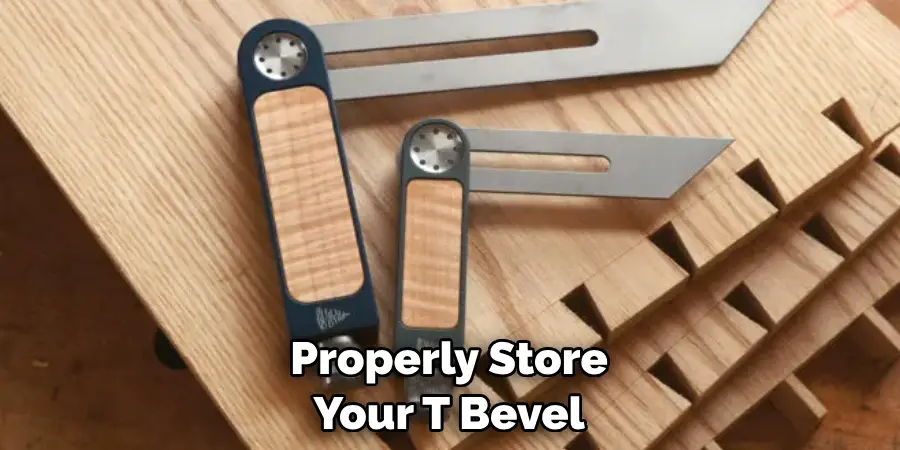
Overall, using a T bevel can greatly assist in creating accurate angles for various projects. However, it is important to remember these safety precautions to ensure a successful and safe experience.
What Are Some Common Uses for a T Bevel in Woodworking or Carpentry Projects?
A T bevel is a versatile tool that can be used for various woodworking and carpentry projects. Here are some common uses for a T bevel:
- Determining Angles: The main purpose of a T bevel is to determine and replicate angles on different pieces of wood or other materials. This makes it useful for creating complex shapes and joints.
- Transferring Angles: In addition to determining angles, a T bevel can also transfer them from one piece of wood to another. This is especially useful when making cuts or joints that need to match perfectly.
- Checking Squareness: T bevels can also be used to check the squareness of corners and edges by measuring their angles. This is important for ensuring precise and accurate measurements.
- Marking Angles: With the ability to lock in any angle, a T bevel can also be used to create angles on wood or other materials.
- Creating Templates: A T bevel can aid in creating templates for repetitive or complex angles, making it easier to replicate them accurately.
- Aligning Tools: When setting up power tools or other equipment, a T bevel can ensure they are aligned at the correct angle.
- Measuring Uneven Surfaces: T bevels can also measure angles on uneven surfaces, such as curved or irregularly shaped objects.
Overall, a T angle is essential in any woodworker or carpenter’s arsenal. Its ability to accurately determine, transfer, and replicate angles makes it a valuable tool for many different projects.
Are There Any Maintenance Tips for Keeping a T Bevel in Good Condition?
If you want to ensure that your T bevel lasts for a long time and remains in good condition, there are a few maintenance tips that you should keep in mind. Firstly, it’s important to clean your T bevel after each use. This helps prevent any dirt or debris build-up that could damage the tool over time.
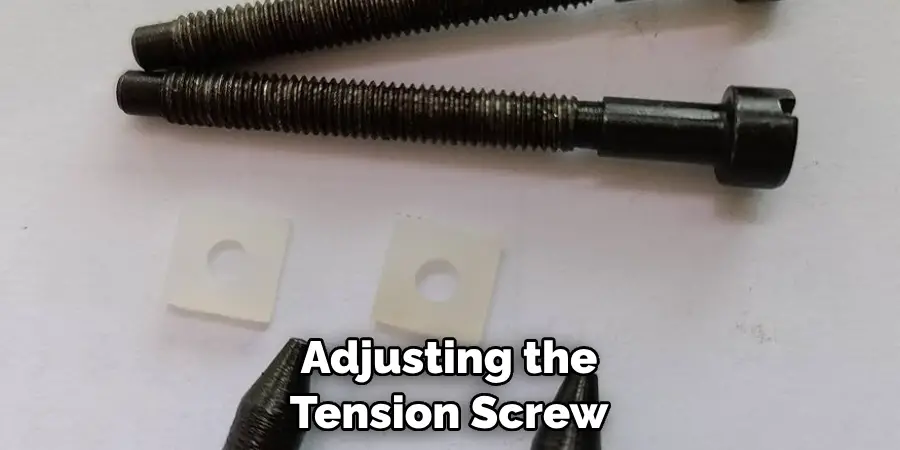
After each use, wiping down the T angle with a clean cloth should suffice. Additionally, store your T bevel in a dry place and keep it away from any moisture. This can help prevent rust or corrosion from forming on the metal parts of the tool.
Another tip is regularly checking and adjusting the tension screw on your T bevel. Over time, this screw may loosen and affect the accuracy of your measurements. By regularly checking and tightening it if necessary, you can ensure that your T bevel remains precise.
If you notice any signs of wear or damage on your T angle, such as a dull blade or bent arms, promptly address these issues. This may involve sharpening the blade or replacing any damaged parts.
What Are Some Common Mistakes to Avoid When Using a T Bevel?
When using a T angle, there are some common things that beginners tend to need to correct. These mistakes can result in inaccurate measurements and frustration when completing a project. This section will discuss some of these common mistakes and how to avoid them.
1. Not Tightening the Lock Nut Properly
One of the most common T bevel mistakes is not tightening the lock nut properly. The lock nut secures the blade once you have set it to your desired angle. If the lock nut is tightened enough, the blade may move, leading to correct measurements.
To avoid this mistake, tighten the lock nut firmly after adjusting the blade to your desired angle. You can also use a wrench or pliers to ensure it is securely tightened.
2. Using the Wrong Side of the Blade
T bevels have two sides to their blade – one with a straight edge and one with a beveled edge. The straight edge is used for drawing lines, while the beveled edge is used for measuring angles. You need to use the right side of the blade to get accurate measurements.
To avoid this mistake, always use the blade’s beveled edge when measuring angles. Be careful to distinguish it from the straight edge, especially if your T angle is new and has a sharp blade on both sides.
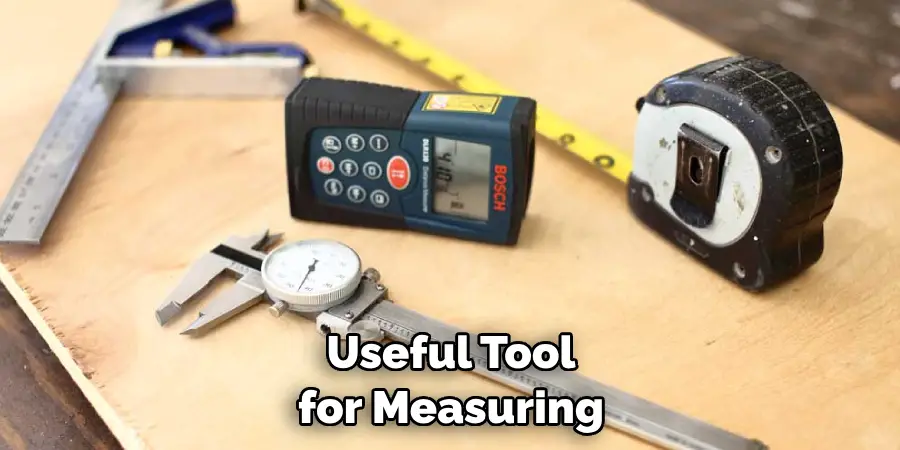
3. Not Checking for Squareness
A T bevel is a useful tool for measuring and transferring angles, but it is essential to check for squareness before using it. If the blade or handle of your T angle is not perfectly square, you will get incorrect measurements.
To avoid this mistake, use a combination square or other reliable tool to check for squareness before using your T bevel. If you find it is not square, use an adjustable wrench to loosen the nut and adjust the blade until it is square, then tighten the nut again.
4. Forgetting to Reset the Bevel
When using a T bevel, reset it for each new angle you want to measure or transfer. It is easy to forget this step, especially when working on a project with multiple angles.
To avoid this mistake, make it a habit to reset your T bevel for each new angle. This will ensure that you get accurate measurements and prevent any errors in your project.
Conclusion
In conclusion, T bevels are handy tools that enhance woodwork skills and projects. They may seem intimidating initially, but with practice and a few tips, you’ll soon use them like a pro.
Always start by setting the slope to the desired angle for your project. This will ensure accuracy and precision in your cuts. If you’re unsure, you can also use a protractor to double-check the angle.
Next, tighten the locking mechanism securely to keep the angle in place. This will prevent accidental movements and maintain your desired angle throughout your project. Using a T bevel to transfer an angle, use the stock side against the reference surface.
This will ensure that your measurement is accurate and eliminates any potential errors. This article has been beneficial for learning how to use t bevel. Make Sure the preventive measures are followed chronologically.

